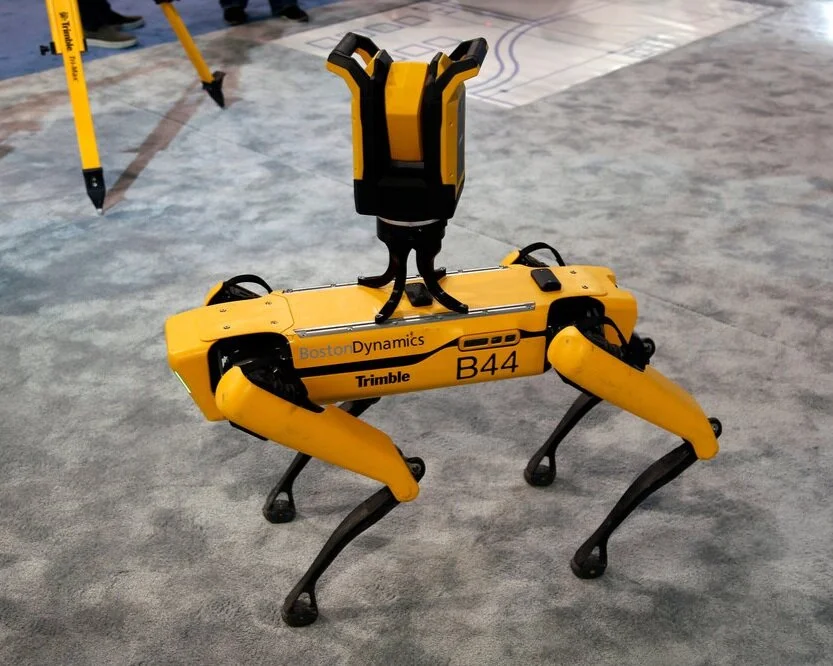Portrait of a Suicide Bomber, DNA Identifies Turkey ISIS Terrorist who Killed 32 People
/SURUC, Turkey - The recent suicide bombing which occurred in the town of Suruc was a highly publicized terrorist act, one of the worst perpetrated in this predominantly Muslim country. Israel has long been victimized by suicide bombers, but now this killing strategy is unfortunately a worldwide phenomenon and increasingly prevalent in the Middle East, Eurasia, and Africa.
No nation is immune from this type of terrorism, even in Europe which has in recent years witnessed devastating attacks in London, France, Spain, and Norway. The United States has suffered major attacks as well, including the infamous Sept. 11th attack on the World Trade Center and the Pentagon by Al Qaeda operatives killing 2,996 and injuring more than 6,000. The latest such attack occurred in Boston in 2013 in which 3 people were killed and 264 injured during a marathon on April 15th of that year.
There is no set demographic for the profile of the terrorists who have been young and old, men and women, elderly and young people, but the similarity exists in that each has been radicalized and dispatched to wreak havoc and in the process kill themselves and many innocents.
In Turkey a 20-year-old university student named Seyh Abdurrahman Alagoz, was identified as the suicide bomber through DNA tests. Alagoz's attack was even more disconcerting because of the fact that he took the lives of 32 people who were roughly his same age.
According to the New York Times, "The investigation is ongoing, but we have evidence that the suspect was linked to Daesh" the official said, speaking on condition of anonymity in line with government protocol and using an Arabic acronym for the Islamic State, which is also known as ISIS or ISIL."
Authorities say that the suspect, who had been on foot, blended into the crowd which enabled him to inflict the maximum damage once he blew himself up, leaving debris and carnage in his wake. Though there isn't clear evidence for the motive of this attack; it is surmised that it was some kind of retaliation by ISIS because of the recent victory of Kurdish military forces in driving out the militants from the town of Kobani which is directly across the border in Syria.
The young people killed were activists who were presenting speeches, holding a news conference, and gathering supplies and donations to help rebuild the lives of Syrian Kurds. Witnesses said that the bomber detonated himself in the Amara Cultural Centre while attendees were engaged in humanitarian efforts to relieve the suffering of the citizens of Kobani, Syria where Kurdish fighters in January of this year successfully drove out Islamic State (ISIS) militants.
In effect, Alagoz killed young people who sought peace and were attempting to provide much needed aid to people who had been tyrannized by ISIS, and perhaps in this respect they thought they had achieved their objective, but such is not the case, as the dead will be mourned, but their mission will not be silenced nor their efforts in vain.
Contributing Journalist: @toritorinicole













